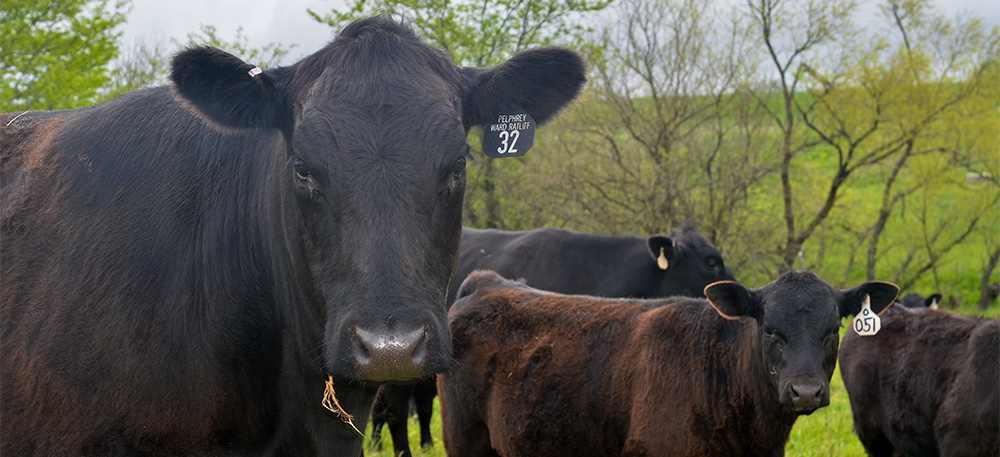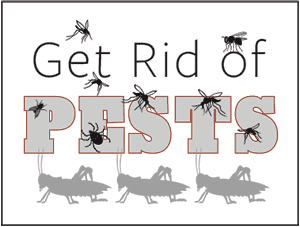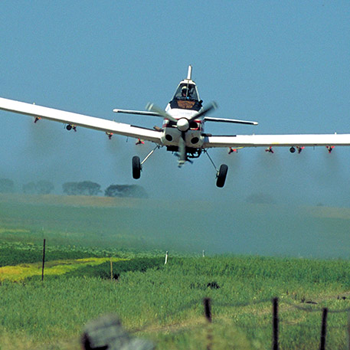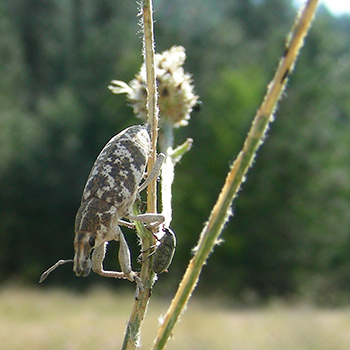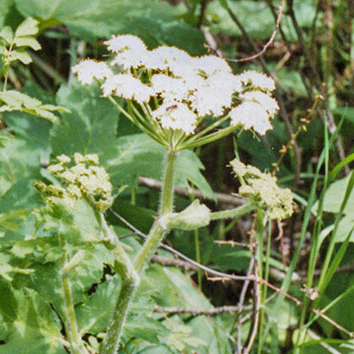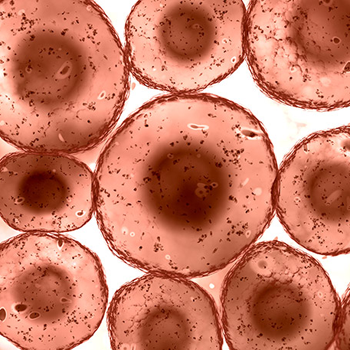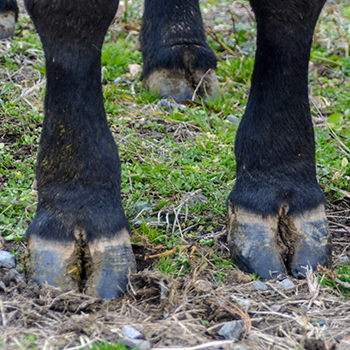Deworming: An Important Piece to the Cattle Health Puzzle
Every factor affecting cattle health plays a role in determining profitability.
When your goal is to produce more high-quality meat, it’s pertinent to ensure your herd has every aspect of its health well-maintained. Something as simple as a consistent deworming protocol can be a small piece to your animal’s health and wellness program, but it can have a resounding effect on its performance.
Stocker Prep
Get your stockers prepared for turnout.
Stocker calves can be a good investment and are a great source of converting available forage into protein. However, those producers who plan to manage stockers need to be prepared with good health, nutrition and vaccination protocols in place before the first calf steps off the truck.
There are two critical time periods for the stocker calf when it comes to its health, nutrition and, ultimately, performance. The first is the stress period or the first few days after the calves have arrived at their new destination. The second is the longer period of time when they have moved to grass and are grazing before heading to the next production phase — the feedyard.
The Brown Stomach Worm: A $2 Billion Problem
Learn how to identify and control the most economically important parasite in today’s cattle herds.
Ostertagia ostertagi is the most common and economically important parasite in cattle. Also known as the brown stomach worm, it is estimated to cost the U.S. cattle industry $2 billion per year due to lost productivity and increased operating expenses.
Diagnosing Anaplasmosis
Veterinarians explain pros and cons of the three main ways of diagnosing anaplasmosis in cattle.
The deadly bacterial disease, bovine anaplasmosis, has wreaked havoc on cattle herds throughout the Southeast. Sporadic incidents of the disease have occurred in other parts of the country.
Beefing Up Against Bad Feet
Management and nutrition go into multifactorial causes of foot problems.
It doesn’t matter what time of year it is — the potential for hoof injuries and infections exists in all types of environments. Producers’ “beef” with this is understandable. Treatment is time-consuming and costly. In some cases, foot issues lead to an animal’s disposal. When dealing with foot-related problems, it is critical for producers to understand the full spectrum of issues that can lead to lameness. This spectrum can include nutritional insults, physical damage, infectious agents, genetic influence and structural makeup.
Baleage Options
With a wet spring, get in and out of the fields in 24 hours with baleage.
The Midwest has had a wet, but thankfully not flooded, spring this year. While the key to baling high-quality hay is appropriate drying times, an option for cutting stored feed at higher moisture is baleage — round bale silage. In comparison to conventional silage and silos, baleage can replace the capital cost of a hay barn, have a lower initial cost and maintenance cost than a conventional system, and can produce a more marketable commodity.
Monitor Minerals
Monitor mineral intake closely during summer.
Summer often becomes a busy time of year for ranchers, especially during haying season. Making certain that the cows, heifers and bulls are receiving the minerals that they require is one of the chores that can be easily overlooked. Don't forget to check the mineral feeders or blocks to be certain that they are supplying the minerals that your cattle need.
